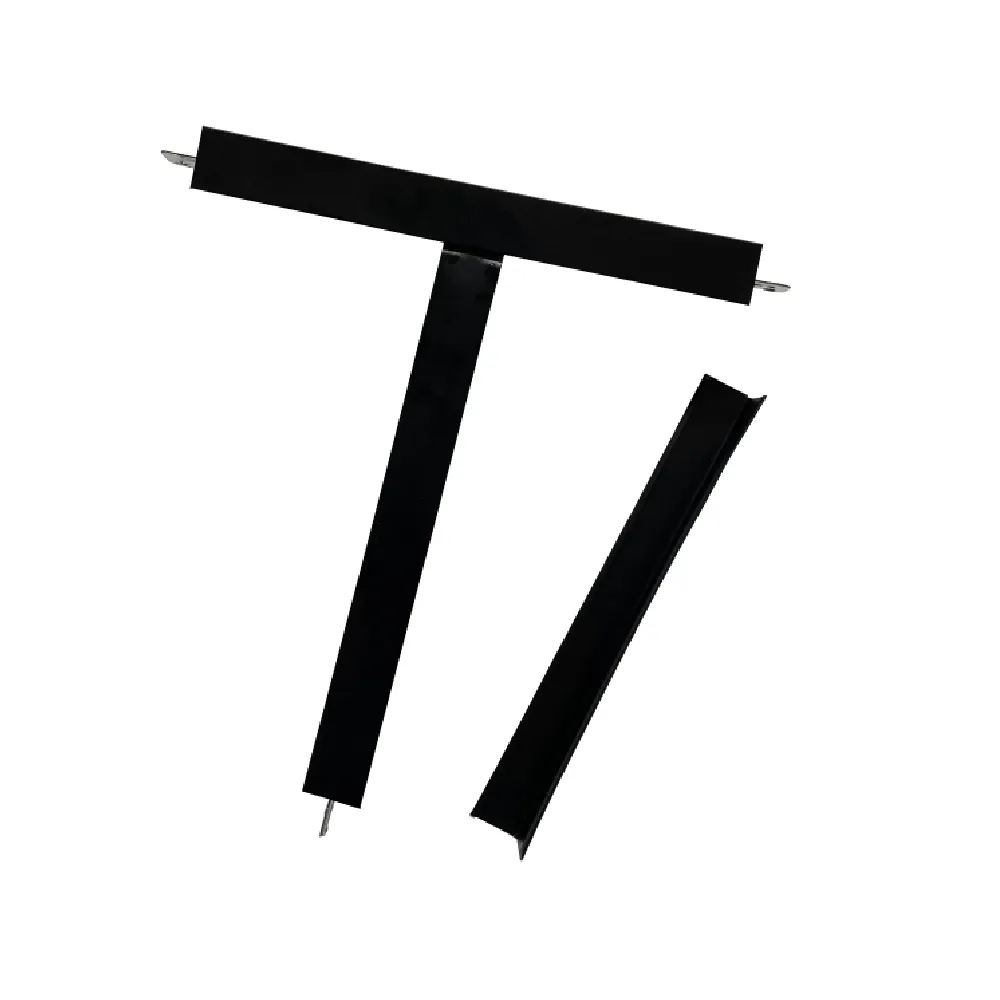- Afrikaans
- Albanian
- Amharic
- Arabic
- Armenian
- Azerbaijani
- Basque
- Belarusian
- Bengali
- Bosnian
- Bulgarian
- Catalan
- Cebuano
- Corsican
- Croatian
- Czech
- Danish
- Dutch
- English
- Esperanto
- Estonian
- French
- German
- Greek
- Hindi
- Indonesian
- irish
- Italian
- Japanese
- Korean
- Lao
- Malay
- Myanmar
- Norwegian
- Norwegian
- Polish
- Portuguese
- Romanian
- Russian
- Serbian
- Spanish
- Swedish
- Thai
- Turkish
- Ukrainian
- Uzbek
- Vietnamese
Δεκ . 10, 2024 20:36 Back to list
Access Panels for Ceiling Inspection in Commercial and Residential Spaces
The Importance of Ceiling Inspection Hatches in Modern Construction
In the realm of modern construction and building maintenance, the significance of ceiling inspection hatches cannot be overstated. These small but crucial openings provide vital access to the spaces above ceilings, such as attics, ductwork, and plumbing systems. As buildings become more complex with intricate ceiling designs and hidden infrastructure, the role of inspection hatches has evolved, promising efficiency in maintenance, safety during inspections, and compliance with regulatory standards.
Understanding Ceiling Inspection Hatches
Ceiling inspection hatches are removable panels intentionally installed in ceilings to allow easy access to the areas above. They come in various sizes, materials, and designs, catering to both aesthetic and practical needs. Whether it’s a lightweight plastic hatch for residential use or a heavy-duty metal hatch for commercial settings, these hatches are essential tools for maintenance personnel, ensuring that they can quickly and safely access critical systems without extensive disruptions to the structure.
Safety and Maintenance Access
One of the primary functions of ceiling inspection hatches is to facilitate safe access to the ceiling voids. In many commercial and residential buildings, crucial services such as electrical wiring, ductwork for HVAC systems, and plumbing are often concealed within the ceiling spaces. Routine inspection and maintenance of these systems are necessary to prevent failures that could lead to water damage, fire hazards, or other serious safety concerns. The hatches provide a quick and easy means for technicians to perform necessary checks and repairs, ensuring that systems function efficiently.
For instance, in a scenario where an HVAC system is acting up, technicians can gain access through an inspection hatch to diagnose the problems without the need to tear down the entire ceiling. This not only saves time but also reduces labor costs and disruption to the occupants of the building.
Regulatory Compliance
As building codes and safety regulations become more stringent, ceiling inspection hatches play a crucial role in ensuring compliance. Many codes require that access points be available to facilitate the inspection of essential building systems. Failure to comply with such regulations can result in fines, increased insurance premiums, or even the failure of inspections crucial for occupancy.
In commercial buildings, where fire safety is paramount, inspection hatches allow for crucial checks of fireproofing materials and smoke detection systems. Inspectors can assess these systems without demolishing ceiling structures, thereby ensuring that safety measures are intact and operational.
ceiling inspection hatch

Aesthetic Considerations
While the functional benefits of ceiling inspection hatches are clear, aesthetics also play a significant role in their design and implementation. In upscale residential or commercial buildings where design is of utmost importance, the appearance of inspection hatches can be a concern. Manufacturers have responded by creating hatches that blend seamlessly into the ceiling design. Options include flush-mounted hatches with paintable surfaces, ensuring that they do not detract from the overall aesthetic of the space.
Types of Ceiling Inspection Hatches
The variety of ceiling inspection hatches available today caters to different needs and applications. Here are a few common types
1. Fire-Rated Hatches Designed to meet specific fire safety standards, these hatches provide necessary access while contributing to building fire protection strategies.
2. Security Hatches In sensitive areas, security hatches are designed to prevent unauthorized access while still allowing for necessary inspections.
3. Soundproof Hatches In environments where noise control is paramount, these hatches help in maintaining sound insulation while providing access.
4. Custom Hatches For unique architectural designs, custom hatches can be manufactured to meet specific size and aesthetic requirements.
Conclusion
Ceiling inspection hatches are an indispensable component of modern building design and maintenance strategies. They ensure safety, provide necessary access for maintenance, and help meet regulatory compliance while considering aesthetic impacts. As the complexity of building systems grows, so too does the need for practical solutions like inspection hatches, positioning them as a standard feature in quality construction. Whether for residential or commercial properties, investing in high-quality inspection hatches is a wise decision that promotes longevity, safety, and efficiency within any building structure.
-
Transform Interiors with PVC Gypsum Ceiling: A Stylish, Durable, and Moisture-Resistant SolutionNewsMay.19,2025
-
The Smart Interior Upgrade: Discover the Durability and Versatility of Gypsum Ceiling Access Panel SolutionsNewsMay.19,2025
-
The Smart Choice for Interior Design: Discover the Value of PVC Gypsum Ceiling SolutionsNewsMay.19,2025
-
Mineral Fiber Ceiling Tiles: The Smart Blend of Performance and AestheticsNewsMay.19,2025
-
Mineral Fiber Ceiling Tiles: The Superior Choice Over Gypsum for Sound and Fire SafetyNewsMay.19,2025
-
Mineral Fiber Ceiling Tiles: Eco-Friendly Strength and Style for Every CeilingNewsMay.19,2025







